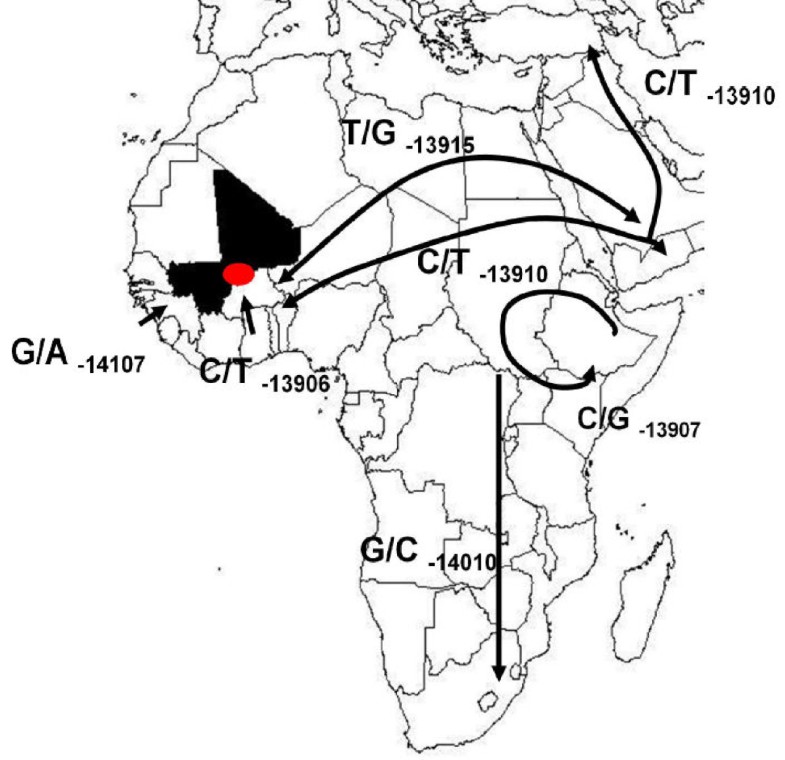

Epi Info™ 7 shall enable the user to open the StatCalc menu from the Epi Info ™ main menu.However, calculators placed on the dashboard cannot be saved with the canvas, nor can their output be exported or printed with the other analysis gadgets. As StatCalc calculators do not access data records and process only data entered manually by the user, calculators can be added to a canvas without having to first attach a data source. In VD, the calculators can be accessed from the Options menu, under the "Add StatCalc calculator" submenu, and added to the dashboard Canvas in the same manner as other gadgets. The individual calculators are also part of Visual Dashboard (VD). StatCalc appears on the Epi Info™ 7 main menu, middle row, right column, and is captioned "Statistical calculators for sample size, power, and more." Clicking on StatCalc in the main menu opens the StatCalc menu, which is similar to the main menu in appearance and contains buttons for the eight (8) StatCalc calculators listed in StatCalc Calculator Properties, below. The StatCalc tools can be accessed as an independent module from the main menu or as part of the Visual Dashboard. distribution-based event probabilities, 2-tailed p-values and confidence intervals for deviations from binomial (proportions) and Poisson (rare events) distributions given the number of observed and expected events. analysis of 2×2 tables to produce odds ratios and risk ratios (relative risks) with confidence limits, Fisher exact tests, and 1- and 2-tailed p-values, with Mantel-Haenszel summary odds ratios, chi square tests and associated p-values for stratified data 3).
#STATCALC EPIINFO SERIES#
sample size and power calculations for unmatched case-control studies, population surveys, cohort or cross-sectional studies, chi-square for trend by the Mantel extension of the Mantel-Haenszel summary odds ratio, and chi square (tests for the presence of a trend in dose-response or other case-control studies where a series of increasing or decreasing exposures is being studied) 2). StatCalc tools can be divided into three broad categories: 1). If the numbers in the table are all large, the other tests should indicate nearly the same result.The StatCalc component of Epi Info™ 7 enables the user to evaluate the performance of different study designs and statistical tests by supplying high-level information on the properties of hypothetical data sets and the criteria used for evaluation. If any expected value is less than five, it is recommended you use the Fisher exact test results and the exact confidence limits. The expected value of a cell is the product of the marginal totals for that cell divided by the grand total for the table. Statistical significance can be assessed by p-values for the chi square and Fisher exact tests that are small, <.05 or confidence limits for the odds ratio that do not include 1.0. The further the odds ratio or risk ratio is from 1.0, the stronger the apparent association. Note: Confidence intervals are designated by the Lower and Upper columns in the statistical tables. Generally, an association is suggested by an odds ratio or risk ratio with a confidence interval larger or smaller than 1.0. Given a yes-no or other two-choice response describing disease and another describing exposure to a risk factor, StatCalc produces several kinds of statistics that test for relationships between exposure and disease. Single 2 x 2 tables frequently are used in epidemiology to explore associations between exposures to risk factors and disease or other outcomes. Confounding must be removed by stratifying the confounding variables. The values for one individual cannot be used to predict those for another. For valid results, outcomes in each record must be independent of those in other records.In case-control studies, the odds ratio may be used as an approximation of the risk ratio if the disease is rare in the general population from which cases and controls are selected. In cohort studies, the risk ratio may be calculated from the results.A cross-sectional study starts with neither illness nor exposure determined, and ascertains both during the study. In a cohort study, the exposed and unexposed are selected and the number of ill in each group is subsequently ascertained. A case-control study is one in which the ill and well individuals are selected and the number of exposed and unexposed is subsequently ascertained.The values in the cells must be counts representing the number of records meeting the specifications in the Exposure and Outcome rows and columns.


 0 kommentar(er)
0 kommentar(er)
